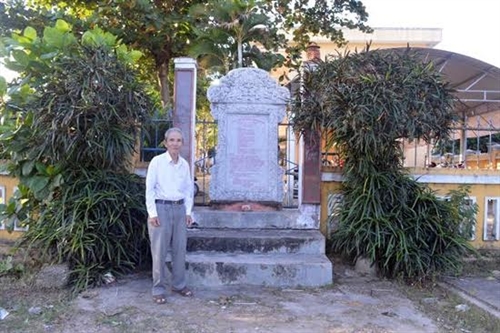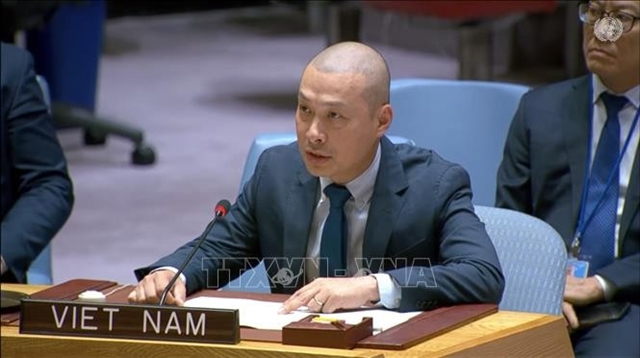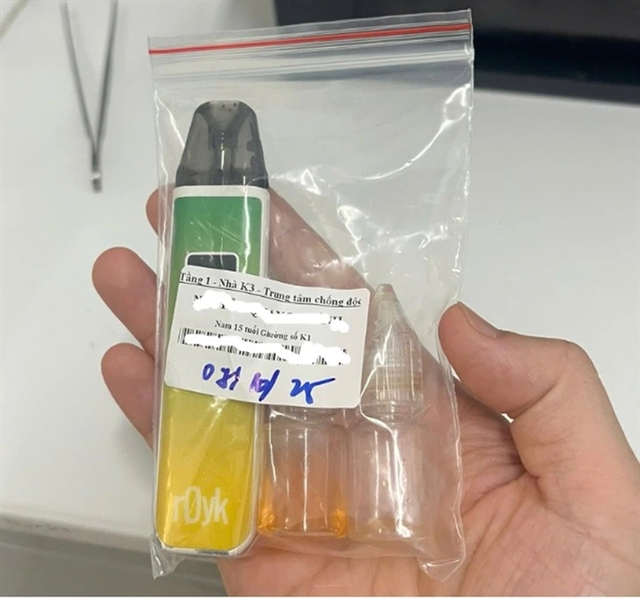 Life & Style
Life & Style

The central Quảng Nam Province will host a science conference on the Thanh Chiêm Palace and the creation of the Vietnamese romanised script – a question that has been unclear since the previous conference in 2002.
 |
| Ancient map: An old picture features the position of old Thanh Chiêm Palace. — File Photo |
QUẢNG NAM — The central Quảng Nam Province will host a science conference on the Thanh Chiêm Palace and the creation of the Vietnamese romanised script – a question that has been unclear since the previous conference in 2002.
Deputy chairman of Quảng Nam People’s Committee Lê Văn Thanh said at a press conference recently, that the conference would draw the participation of top scholars, historians and researchers nationwide with 70 reports.
Thanh said the conference, which would be held at Điện Dương Commune in Điện Bàn Town on August 24, would make clear the existence of Thanh Chiêm Palace (1602-1883) as a key military and cultural centre and a cradle of the Vietnamese romanised script.
“Most information features Alexandre De Rhodes (1591-1660), a French Jesuit missionary and lexicographer, as the founder of the modern writing system of Vietnamese language, but the latest reports and research on ancient documents are gradually showing that the priest Francisco de Pina (1585-1625) was its creator,” Thanh said.
“Similar conferences were held in Bình Định and Phú Yên provinces, and set out reports on the initial foundation of the Vietnamese romanised script, but exact and persuasive answers have yet to be given,” Thanh said.
He hoped that the conference next week would provide clear proof of the existence of Thanh Chiêm Palace and the debut of the romanised script.
Vice chairman of Điện Bàn Town, Nguyễn Xuân Hà said following the latest reports that a Portuguese Francisco Pina invented the new method of transcribing the Vietnamese language with a Latin alphabet at Thanh Chiêm Palace (1621), and he taught the romanised script to two priests, Alexandre De Rhodes and Portuguese Antonio Fonte.
Hà said the report also revealed a letter that Francisco Pina sent to his Father Superior in Rome, saying Thanh Chiêm Palace was the best place for learning the Vietnamese language because it was the centre of the Court.
The first school teaching the romanised script was also built in the palace, and Alexandre De Rhodes had a lasting impact on Christianity in Việt Nam, according to Hà.
Nguyễn Quang Sinh, deputy director of the provincial department of Science and Technology, said it was the reason the province, in collaboration with the ministries of Culture, Sports and Tourism, and Science and Technology, along with the Việt Nam Science Academy Society and the Việt Nam Association of Historical Science hosted the largest ever conference on the Palace and the Vietnamese romanised script.
Sinh said the late historian and professor Trần Quốc Vượng had identified the location of Thanh Chiêm Palace and had mapped it out during an archaeological study.
Japanese Professor Kikuchi Seiichi from Showa Women’s University conducted three archaeological field studies in 1999, 2000 and 2001 using ultrasound to position the large palace.
Following an old document, Thanh Chiêm Palace witnessed a victory by the Nguyễn dynasty naval force in a fight against the Netherlands’ fleet in 1644.
The church of Anre Phú Yên in Điện Phương Commune in Điện Bàn Town still preserves two ancient tombs.
Thanh Chiêm Palace is believed to have been built in 1602 by Lord Nguyễn Hoàng in Cần Húc Village and then moved to Thanh Chiêm Commune (now Điện Phương Commune of Điện Bàn Town, 10km from Cửa Đại beach).
The province also proposes a large archaeology dig at the ruins of the palace to deliver further evidence. — VNS
 |
| Finding the palace: A stone steel records the existence of Thanh Chiêm Palace in Điện Phương Commune in Điện Bàn Town of Quảng Nam Province. A science conference will be held in the province to clarify the location of the palace and details about the creation of the Vietnamese romanised script. — Photo courtesy Quang Nam Portal |




.jpg)